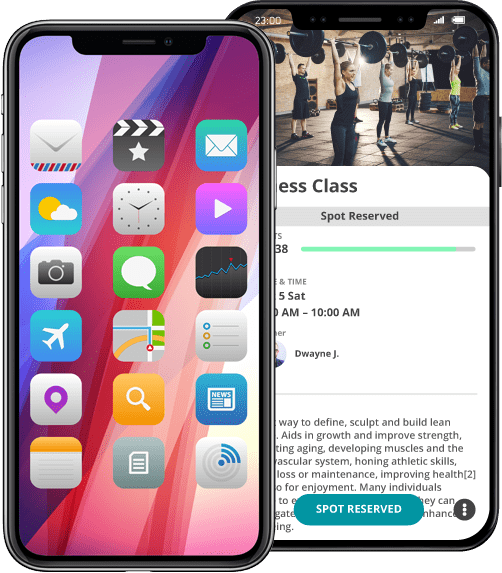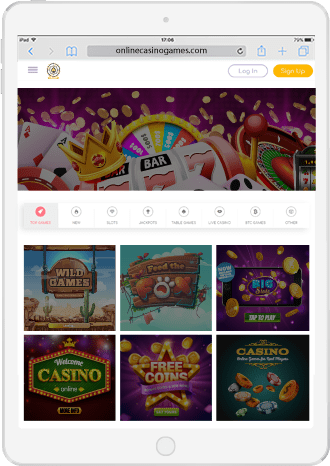Custom mobile application development refers to the designing and building of mobile applications tailored to meet the specific needs of a business or individual. It involves creating a unique app from scratch, rather than using pre-built templates or existing software. This approach allows for greater flexibility and customization, and can help businesses to stand out from competitors by offering unique functionality and user experiences.









